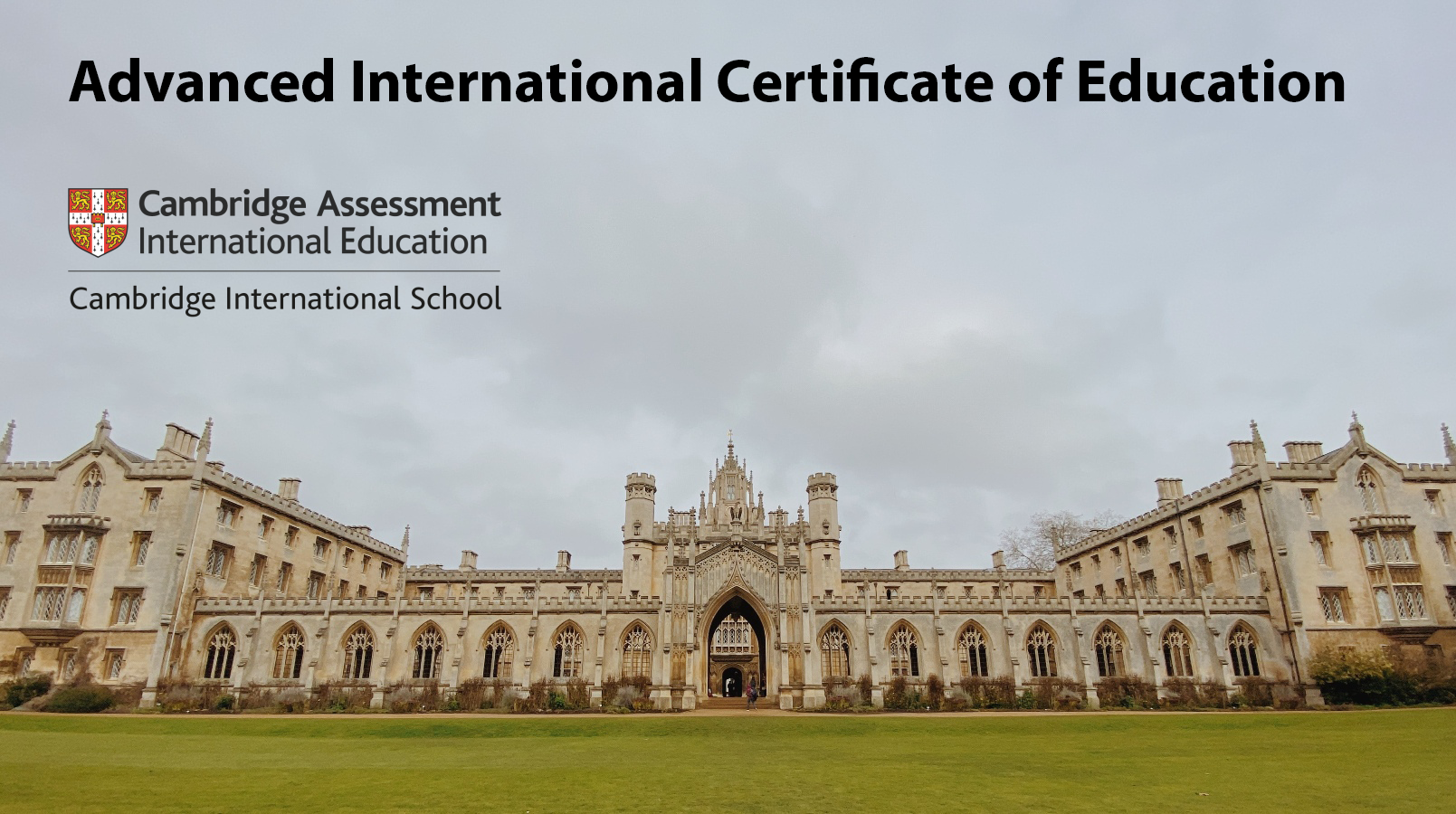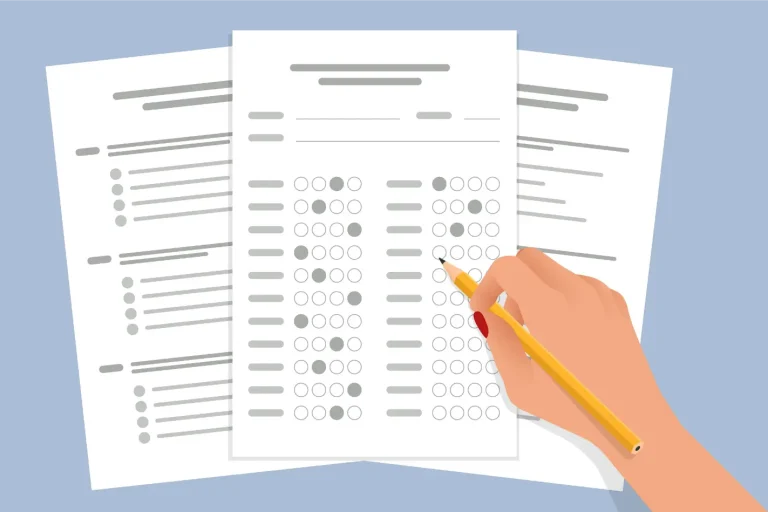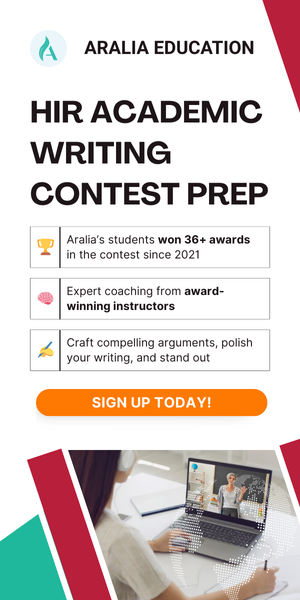1. What is the AICE Program?
2. What classes does the AICE Program offer?
AICE courses have a wide variety of subjects (more than 50 Cambridge International AS and A level subjects).
- AS Level: Advanced Subsidiary Level, 1 credit each = 1-year course
- A Level: Advanced Level, 2 credits each = 2-year course
Students are required to complete at least one credit from each of three different subject groups, plus the core compulsory subject.
There are four available subject groups:
- Group 1: Mathematics and Science: Biology, Chemistry, Design and Technology, Computer Science, etc.
- Group 2: Language: Afrikaans, Chinese, French, Japanese, Spanish, Germany, etc.
- Group 3: Arts and Humanities: Accounting, Business, Art & Design, History, etc
- Group 4: Interdisciplinary subjects (optional): English General Paper, Thinking Skills
The one core compulsory subject requires students to study and pass the revised Cambridge International AS Level Global Perspectives & Research class. This class challenges students to think critically, analyze evidence, and compare perspectives. The assessments at the end of the course are a team project presentation and a written exam.
3. How to get an AICE Diploma?
To earn the Cambridge AICE Diploma, students are required to complete a minimum of seven credits (including the Cambridge International AS Level Global Perspectives & Research class) from subject groups 1, 2, and 3 (and optionally Group 4).
Examples of AICE courses that are eligible to earn the AICE diploma:
| A-Levels (2 credits each) | AS Levels (1 credit each) | Cambridge International AS Level Global Perspectives & Research (9239) | Total |
|---|---|---|---|
| 3 | 0 | 1 | 7 |
| 2 | 2 | 1 | 7 |
| 1 | 4 | 1 | 7 |
| 0 | 6 | 1 | 7 |
Before considering the Diploma, students should see what schools offer the program. In the United States, AICE is primarily offered in Florida high schools; however, there are several other states that also offer this program. You can check here for the list of Cambridge schools in the United States and around the world.
4. What’s the format of the exams?
In addition to the formal written examination, students will be graded throughout the courses with different grading supplements: oral, practical, projects. The detailed table of grades are below:
Two credits study (A Levels) |
| One credits study (AS Levels) |
|
Grade | Points | Grade | Points |
A* | 140 | – | – |
A | 120 | A | 60 |
B | 100 | B | 50 |
C | 80 | C | 40 |
D | 60 | D | 30 |
E | 40 | E | 20 |
Comparing this system what’s commonly used in the US, an A* equals to A+ in US grading, while an E is similar to a C.
Depending on your AICE scores, your diploma will be awarded among three levels from lowest to highest: Pass, Merit, Distinction.
AICE Diploma with Distinction: Students with a score of 360 points or above. The maximum Diploma score is 420 points.
AICE Diploma with Merit: between 250 and 359 points.
AICE Diploma at Pass level: between 140 and 249 points.
The AS & A level exam series are held twice a year, in June and November, with results released in August and January. Students can accumulate points used towards the diploma over more than one exam series, within the 25-month period. This means students do not have to take all examinations at one time but can plan to spread out their study and assessments.
5. What are the benefits of AICE Program ?
College Credits
Because Cambridge International AS & A Levels are considered college-level courses, colleges can offer up to one year of university credit to students with good grades in A-Level Subjects.
Throughout our research, there are 724 colleges and universities that offer different levels of benefits for AICE students. All public universities and community colleges in Florida award college credit for AICE exams passed.
For example, Ball State University transfers credits for A and AS levels. An exam score of D or higher must be achieved in order to receive transfer credit for a subject.
For full details about the benefits that schools are giving to AICE students, please refer to the Recognition page on the AICE website.
Scholarship
If you are interested in enrolling in Florida colleges or universities, the AICE diploma, along with 75 community service hours during high school, will earn you the Florida Bright Futures 100% tuition scholarships regardless of your GPA.
College and future success
According to studies conducted by the University of Virginia and the University of Florida, AICE program graduates attending college have an average GPA of 3.46, whereas students from AP have an average GPA of 3.12 and from IB have an average GPA of 3.10.
6. What distinguishes AICE from AP and IB programs?
We’ve discussed the difference between the Advanced Placement and International Baccalaureate® programs in the previous article. So now, we will talk about the difference between AICE and Advanced Placement, and AICE and IB Programs.
Comparing the AICE diploma program to AP classes, while AP classes offer students college credits for completed AP exams, AICE offers an internationally recognized diploma >– Certificate of Education AICE, where students can earn up to 30 credit hours to use in <college. Subject-wise, AP offers standard courses that are commonly found in high schools, while AICE offers a wider range of courses that tailored to students’ interests and passions. Courses available in AICE but not AP are: Afrikaans, Marathi, Tamil, Urdu (Language group); Divinity, Design and Textiles, Food Studies, Travel and Tourism (Arts and Humanities group); as well as the interdisciplinary Group 4 subjects of the English General Paper and Thinking Skills.
Comparing the AICE program and IB, they are quite similar in the structured curriculum and the outcome, where both offer students an internationally recognized diploma. Similarly, AICE diploma program is more flexible for students who want to gain knowledge and expertise in certain subject areas, because you can take classes tailored to your interests while working towards the completion of AICE program.










